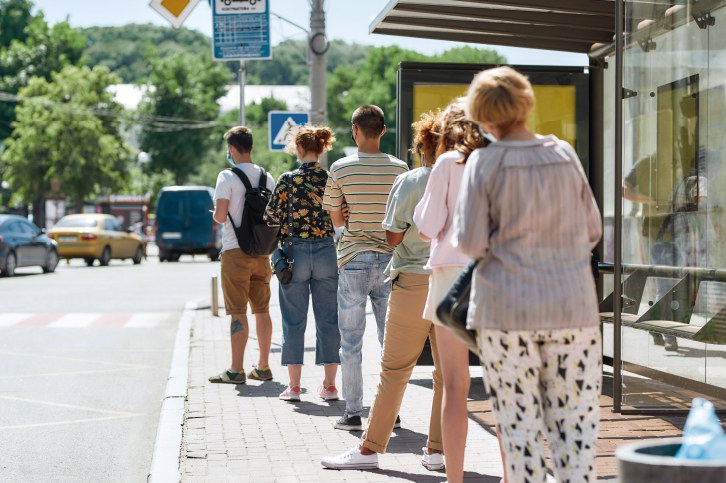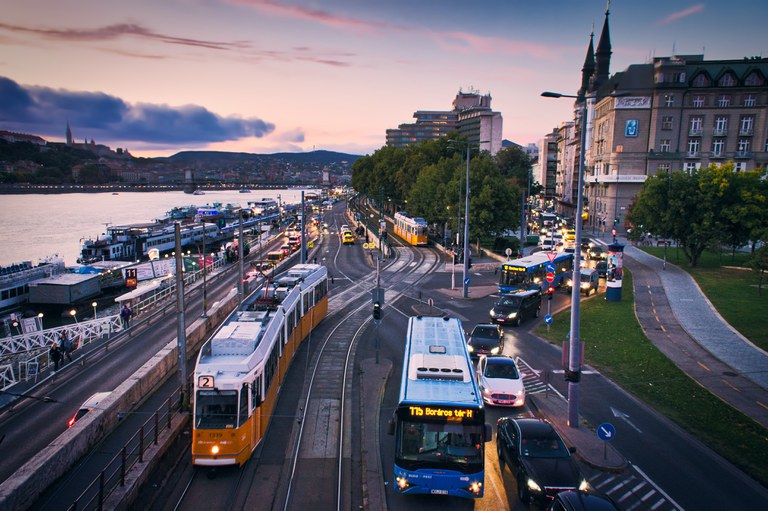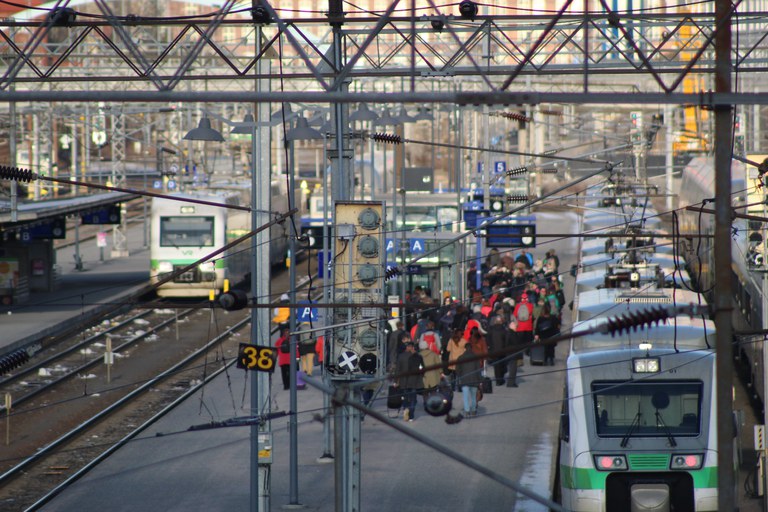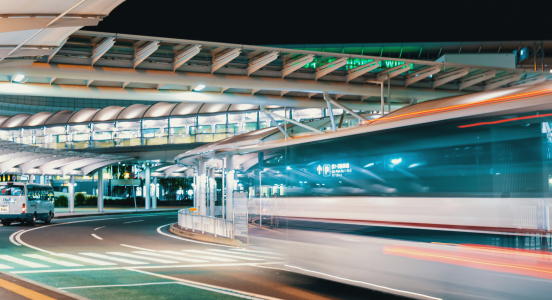Mobility on demand and LPT companies: a challenge to win. To respond to the desire for autonomy in the choice of travel solutions, the public service must plan and inform innovatively.
Mobility, like information technology, is also increasingly on-demand. Travelers are used to solving their travel problems using a mix of public or private, collective or individual means and transport systems, based on greater autonomy of choice regarding times and connections.
Armed with this flexibility, people have greater freedom to reach, for work or pleasure, regularly or only occasionally, the most varied destinations, spend the right amount, make better use of the time available, pollute less and above all decide everything by themselves.
All this freedom and convenience are based on a single word: information. Thanks to technology, everyone could learn about the transport services available in the cities and on the territory.
Websites and mobile apps allow you to know the updated timetables of a public transport line and even to accurately calculate your itinerary, even when you are traveling for tourism, and you have to decide at the last minute.
Other apps allow you to book taxis and chauffeured cars even tracing the closest cars on a map. In large urban centers, shared transport solutions are multiplying: cars, bicycles and electric scooters are available to everyone, always through an app. When planning a trip, technology makes everything easier, including paying for tickets and rentals.

The scenarios of the New mobility
The scenarios of the new mobility are practically infinite and have a significant impact on social life and work. Those who move to large cities now have widespread public transport networks and various alternatives at their disposal.
But more and more often, mobility becomes on demand even in the most peripheral areas as the concept of the hub – the interchange hub – spreads, towards which more services for local travel tend to concentrate in a coordinated way.
This type of coincidence is not new in itself, but thanks to the information disseminated on digital platforms, organizing a trip is much less demanding. You no longer need to plan well in advance.
The changes are already visible, even on issues such as owned vehicles, which have always been a symbol of freedom of movement. In this sense, information technology makes it possible to create fleets of shared vehicles placed at the service of all based on economic all-inclusive rates.

In the world of mobility on demand, in some ways, forms of collective transport such as municipal networks or local railways must go towards increasingly individual needs.
Does this mean that real local transport, those that in Anglo-Saxon countries call mass transit will play a secondary role? On the contrary. Passengers have an increasing autonomy in modulating a collective offer to individual needs, as in the manufacturing industry, which seeks to reconcile low costs and the economy of scale of mass production, with the desire for personalization of their customers.
Digitization is the key toward smart services
Once again, the answer lies in digitization, i.e. in the ability to organize the public transport offer in a rapid and optimized way, defining itineraries and structuring the drivers’ shifts with increasing flexibility.
Not only to punctually comply with the citizen service contract and effectively manage emergencies such as Covid (which would already be an exceptional result).
But also, to introduce new components – customized itineraries, trips on request – within transport services that were once rigid and predetermined, and thus contribute to a different mobility system.
The software platform developed by MAIOR helps to plan LPT services flexibly and smartly without engaging entire teams of specialists in long manual work sessions. And to make timetables and other information available to collaborators and the public through the digital channels of the Web, social networks and mobile apps. Natively and on-demand.


